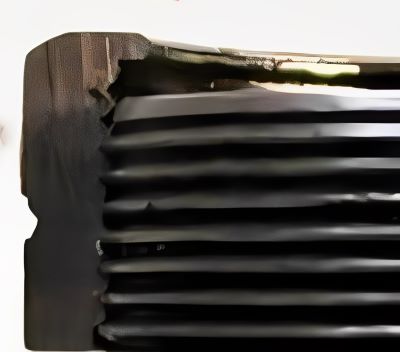Hydraulic systems are the backbone of many industries, from manufacturing to construction. While they offer immense power and precision, they can also be prone to costly and dangerous failures. One of the most common and preventable causes of hydraulic system breakdowns is cross threading.
In this post, we’ll explore what cross threading is, its consequences, and most importantly, how to prevent it.
Overview of Hydraulic Cross Threading
Cross threading occurs when a threaded component is forced into a misaligned thread, causing damage to both parts. In hydraulic systems, this often happens when connecting or disconnecting hoses, fittings, or cylinders. The result can be catastrophic, leading to leaks, equipment damage, and even safety hazards.
Causes of cross threading:
➡️ Operator error: Incorrect alignment or excessive force
➡️ Damaged or worn threads
➡️ Contaminated components
➡️ Improper tools or equipment
Impact of cross threading:
➡️ Hydraulic fluid leaks
➡️ Component damage
➡️ System downtime
➡️ Increased maintenance costs
➡️ Safety risks for personnel
Common signs of cross threading:
➡️ Difficulty connecting or disconnecting components
➡️ Fluid leaks at the connection point
➡️ Damaged threads visible on components
➡️ Unusual noise or vibration during operation
Preventing Cross Threading Disasters
Preventing cross threading requires a combination of operator training, standardized procedures, and proper equipment maintenance. Here are some essential steps:
➡️ Proper training and education: All operators should receive comprehensive training on hydraulic system components, assembly procedures, and safety protocols.
➡️ Standardized procedures: Clear and consistent procedures for connecting and disconnecting components should be established and followed.
➡️ High-quality tools and equipment: Using tools and equipment specifically designed for hydraulic systems helps prevent damage to components.
➡️ Regular inspection and maintenance: Conduct routine inspections of hydraulic components to identify and address any signs of wear or damage.
➡️ Torque wrenches and guidelines: Using torque wrenches to apply the correct amount of force can prevent overtightening and cross threading.
➡️ Lubrication and cleanliness: Keeping components clean and lubricated reduces friction and the risk of damage.
➡️ Visual inspection and alignment: Ensure proper alignment of components before connecting them.
➡️ Emergency procedures and response: Develop a plan for handling cross threading incidents, including emergency shutdown procedures and containment measures.
Read these other resources ⬇️⬇️⬇️
The Reliability of Compressed Copper Fittings: What to Know
Tee Swivel: The Secret to Leak-Free Connections
Conclusion
Preventing hydraulic cross threading is essential for maintaining system reliability, safety, and productivity. By investing in operator training, standardized procedures, and proper equipment maintenance, you can significantly reduce the risk of cross threading and its associated costs.
Remember, a small investment in prevention can save you from costly and potentially dangerous consequences.
Post time: Aug-21-2024


